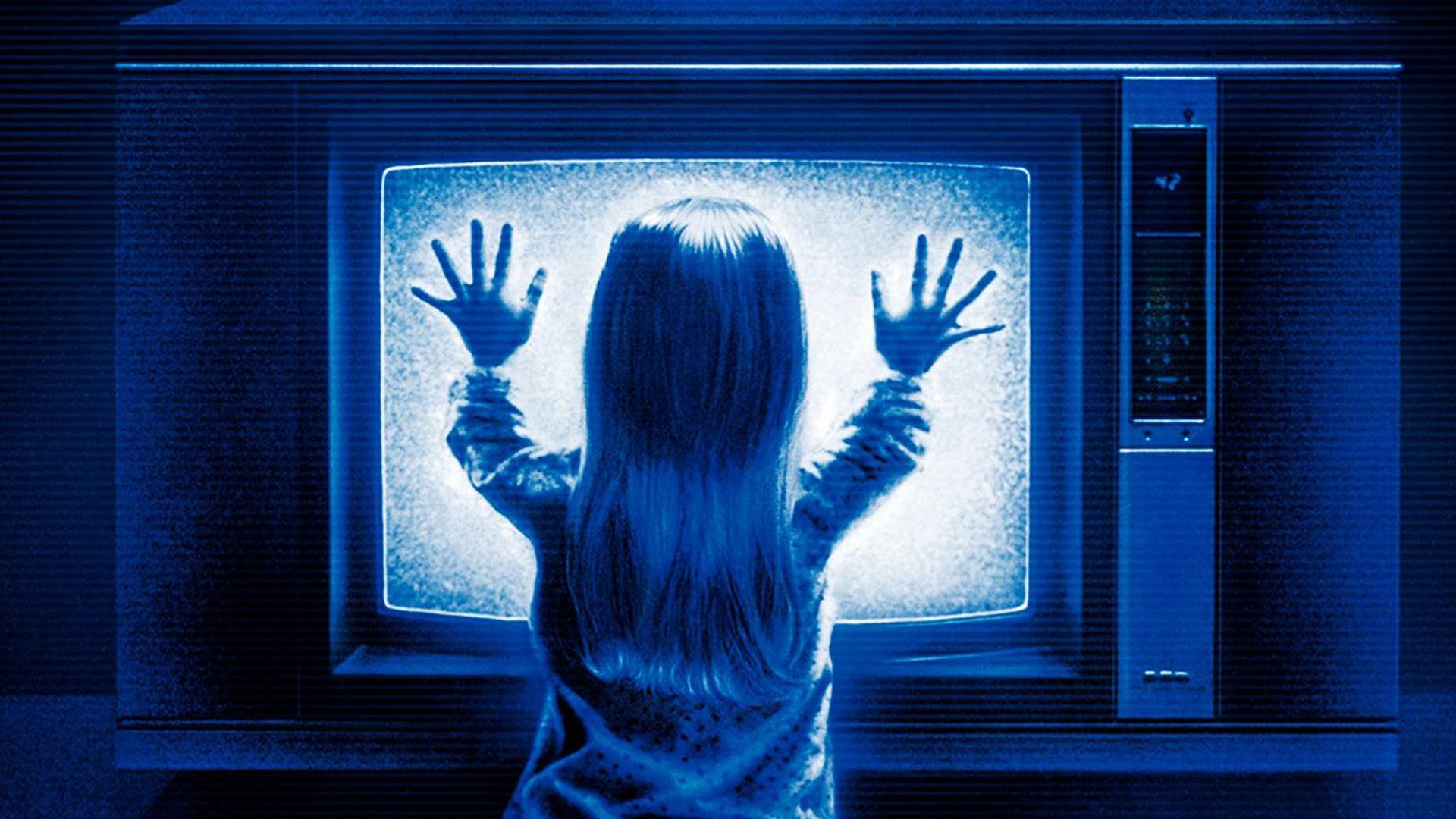
After making one of–if not the–most influential horror film of all time, where’s a director to go from there? Tobe Hooper, who passed away on August 27, seemed to spend the rest of his career pondering just that question. After 1974’s The Texas Chainsaw Massacre–Hooper’s first narrative feature film–changed the horror genre forever onscreen, it seemed the rest of his career was a long letdown with just a few highlights along the way.
And while he would find great success with 1982’s Poltergeist, there were accusations that it was Steven Spielberg and not Hooper who was the true director. These claims seemed to haunt the rest of Hooper’s career, which went into a downward spiral until its conclusion this year.
But this isn’t to say Hooper didn’t make some fine films in his career. Sure, he made some downright awful films, but the balance seems to tip in Hooper’s favor overall. Part of the misunderstanding some have about Hooper’s career is in many not knowing that he as a prolific television director who helped bring modern horror to the small screen.
His 1979 made-for-TV movie of Stephen King’s Salem’s Lot is seen as a minor classic of the genre, while his work on Amazing Stories, Tales from the Crypt, and Masters of Horror are all fine examples of Hooper’s stylistic ability to depict horror in a new, often gory, and slyly satirical light.
Unfortunately his television work won’t be discussed in this article: instead, our focus is on his feature films. Having made sixteen in total, including two very odd choices (considering his regular output), Tobe Hooper was more versatile than many would give him credit for–which hopefully becomes evident as we look at his films from worst to best.
16. The Song is Love
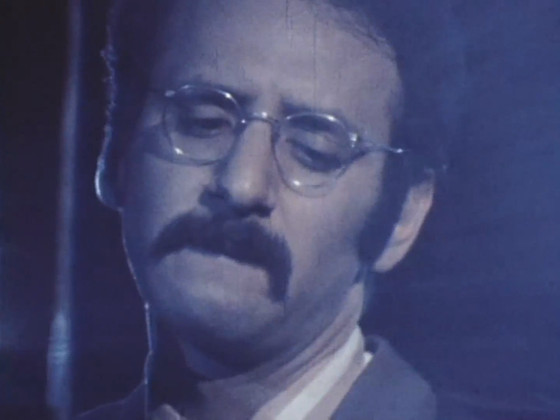
If you write enough of these “Worst To Best” lists for director’s filmographies, you find the earliest films they make are usually their worst films as well. Which makes sense, since they didn’t have the experience or their stylistics down pat yet. But in Tobe Hooper’s case, one of his earliest movies is so different from the rest of his output that it’s almost creepy.
So what was this early movie? A documentary called The Song Is Love about the folk band Peter, Paul, and Mary. Little information is available about this documentary, but the idea that Hooper directed a film about a band known for their soft harmonies and message of peace and love is a radical departure for the man that would go on to direct some of the most iconographic horror films ever made.
15. The Mangler
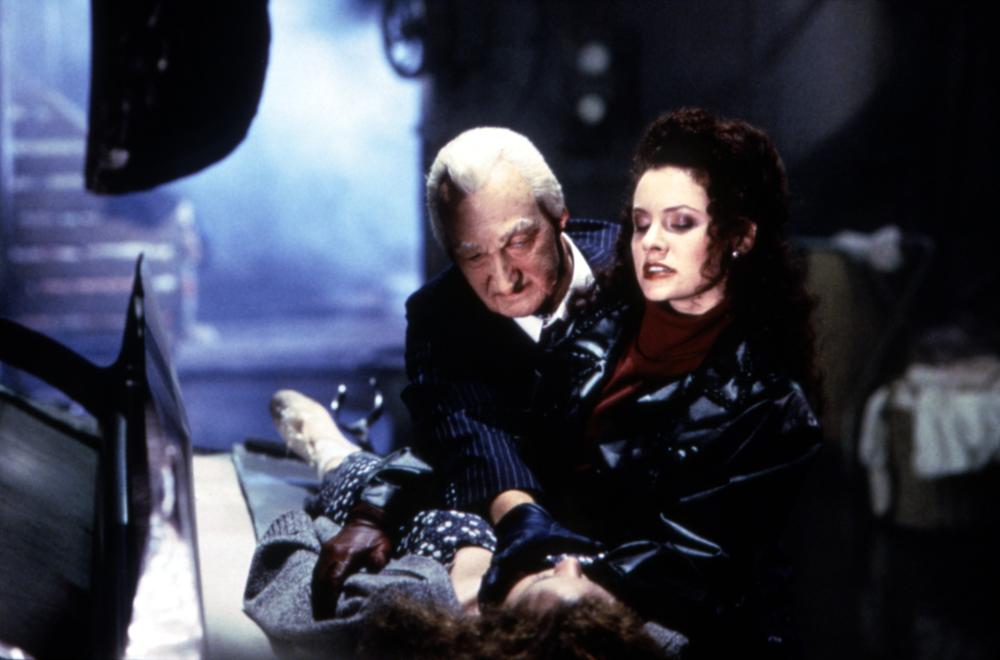
Hooper had ups and downs in his career, with much of his later work suffering from low budgets and working off the rusty old tropes of the horror genre. Based on a Stephen King short story, 1995’s The Mangler is perhaps Hooper’s worst horror film.
About a possessed laundry mangler (no, really), the film suffers terribly from its ludicrous concept and poor acting and directing. If it were a cheeky satire of horror films it may have worked, but instead it’s played straight and comes across like an incredible waste of time for everyone involved, particularly the viewer’s.
14. Crocodile
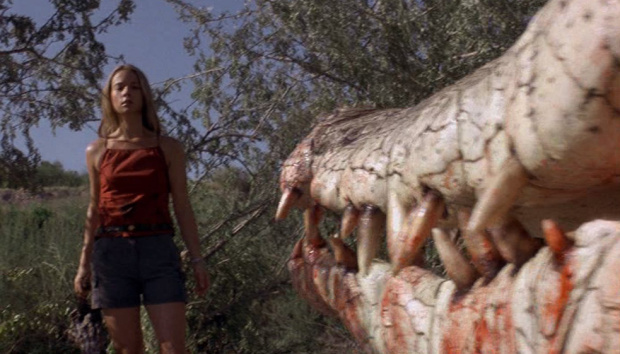
When you’re one of the premiere directors of horror in the US, you know your career is faltering when a movie you made goes direct-to-video. So it went with 2000’s Crocodile, a low-budget horror film about a group of teenagers partying in the woods at a remote lake in Southern California who are terrorized by a large crocodile.
Although a spiritual successor to his (superior) 1977 film Eaten Alive, Crocodile lacks the bite of the original. Poorly made, with laughably shoddy special effects, Hooper’s later career was marred by frankly amateurish efforts from the director of Poltergeist and Lifeforce, and Crocodile is one of them.
13. Djinn
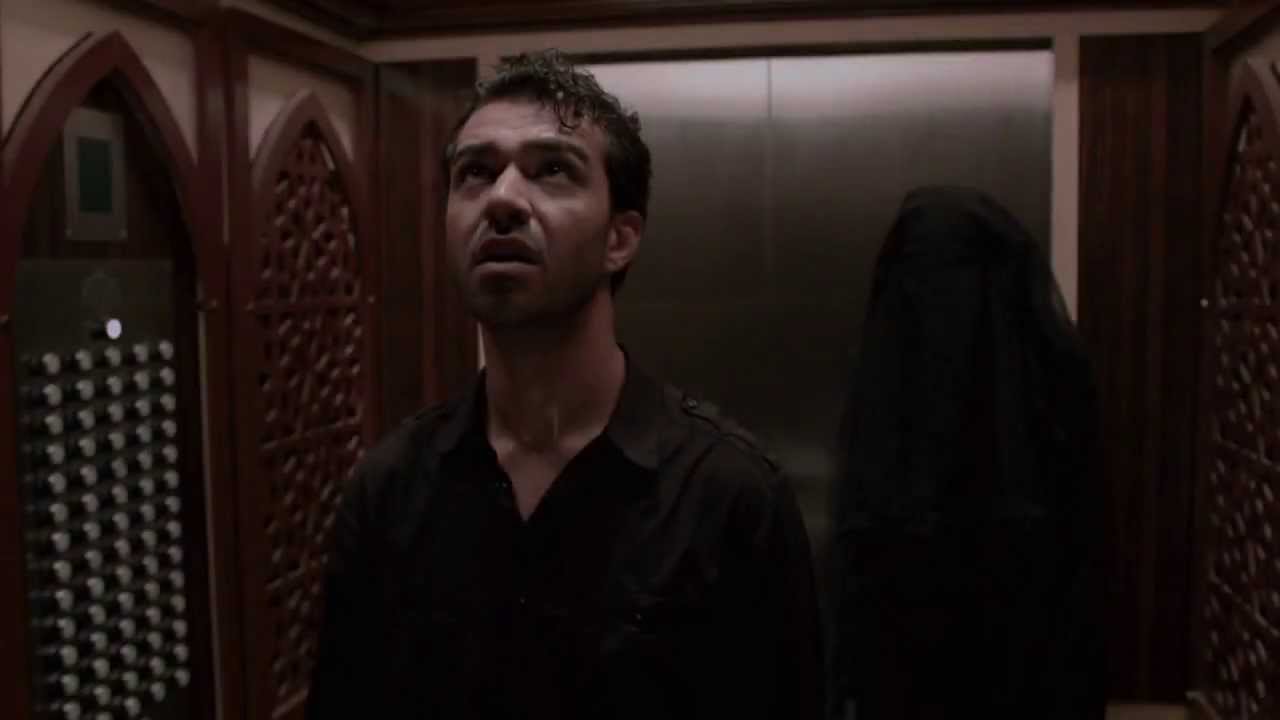
Some directors end their careers on high notes: Sergio Leone capped his career with the masterful Once Upon A Time In America, Sidney Lumet ended with the masterful Before the Devil Knows You’re Dead, and Joseph Mankiewicz’s last feature was the classic thriller Sleuth. Hooper didn’t end his career on such a great final act, instead finishing it with 2013’s Djinn.
A supernatural tale set in the United Arab Emirates set in the near future about a couple who return home to their high-rise apartment after burying their deceased baby, only to find their neighbors don’t seem to be human anymore and strange phenomena is happening around their home. The story flashes back to a small fishing village where the apartment complex now stands was home to supernatural creatures.
And that’s all well and good, but the film is unfortunately dull and uninspired. Considering the reputation Hooper had built over his career as a raw horror filmmaker whose work has contained some truly edgy and disturbing images, this limp supernatural story seems to have been made from a director that was uninspired, if not outright bored.
12. Night Terrors
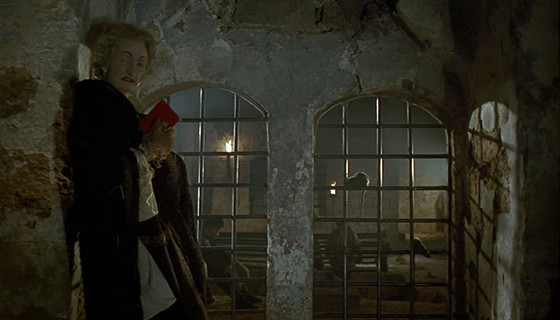
Visiting her hypocritical religious zealot father in Egypt, young woman Genie becomes involved with a bizarre cult, led by a man who claims to be a descendant of the Marquis de Sade.
Well-known horror actor Robert Englund plays the Marquis de Sade, who gives soliloquies and narrates the film from prison in the past while we follow Genie’s descent into drug use and erotic adventures. However, she’s soon brought into the cult of de Sade worshippers, led by Paul Chevalier (also played by Englund), who claims to be a descendant of the infamous historical figure. Unfortunately, she’s also chosen to be their sacrifice.
A mixture of softcore eroticism and gothic horror, Night Terrors is not Hooper’s best but manages to find some good spots thanks to a then-shocking mixture of the erotic and the horrifying. It’s not great–it might not even be good–but it’s certainly better than the worst films on this list.
11. Spontaneous Combustion
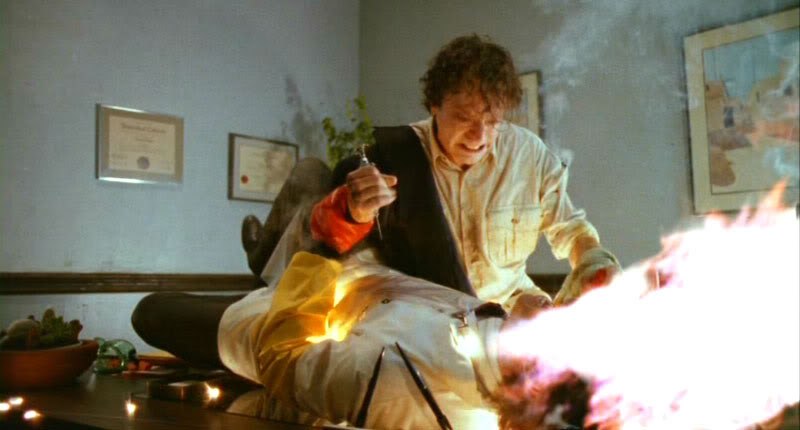
An inept actor finds himself blessed/cursed with the gift of pyroteknesis, a power he received due to nuclear tests his parents were a part of. He uses this power of being able to start fires with his mind against his co-workers after they cross him, only to find that using this power also has a detrimental effect to him.
The result on-screen is a mixture of imaginative practical effects, a unique horror story, and a solid performance by journeyman actor Brad Dourif. Filled with cheesy 80’s synth music on the soundtrack and some humor, Spontaneous Combustion is yet another film in Hooper’s floundering career as a features director.
In the same time period, Hooper was enjoying a solid career directing horror on television, and this film comes across as an extended Tales from the Crypt episode rather than a feature film. Overall it’s an enjoyable, if not forgettable, horror movie that fans of the era and of B-grade horror will find worthwhile.
10. Eggshells
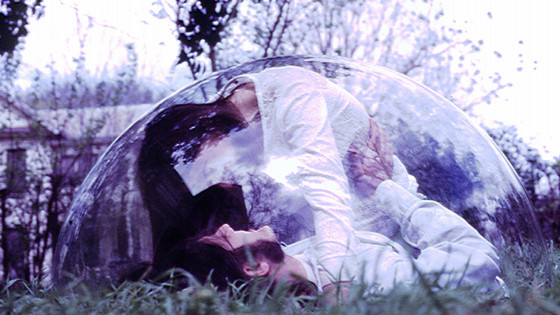
Although not as out of left field as Hooper’s first feature, the documentary The Song Is Love, his first full-length effort, 1969’s Eggshells, is still plenty odd. A hippy “head” movie, Eggshells is a non-narrative experimental film that’s mostly an impressionist look at American culture in the late 1960s.
Made for $40,000, for anyone familiar with the type of counterculture experimental films made in America in the late 1960s during the psychedelic movement can understand the kind of film Eggshells is–except it’s much darker than many of these films, a sort of dark elegy for the failed social and political counterculture movement of the time.
Not like anything Hooper ever made, it gets special mention because this is where Hooper cut his teeth and figured out how to cut together haunting images onscreen. Sadly, it’s also better than many of his later films, despite decidedly not being a horror movie–or even having a discernable narrative.
9. Mortuary
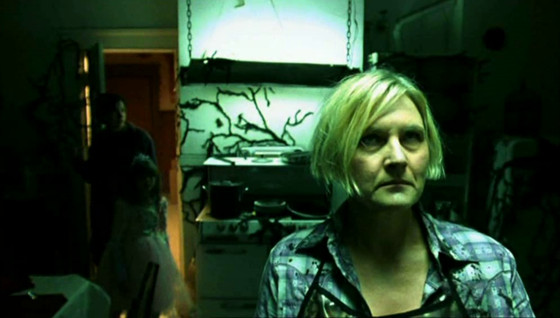
After the father dies, a family relocates to a new town and a dilapidated mortuary to continue their business of being morticians. As they try to start new relationships and move on with their lives, they are also informed of the legend of Bobby Fowler, an abused and deformed boy who once resided in the mortuary. One night, a group of teenagers vandalize Bobby Fowler’s crypt, who comes back to life and attacks and infects them. As the infection spreads and the gory violence mounts, the film races towards its dark conclusion.
Considering Mortuary against the rest of Tobe Hooper’s feature film output, it falls squarely in the middle–which makes sense for it being a middle-of-the-road horror film. Although it follows his classic sequencing of escalating horror and increasingly harrowing situations for the protagonists to fight against, it’s neither his best nor worst. Recommended for Hooper fans that don’t mind sitting through a few tired horror tropes.